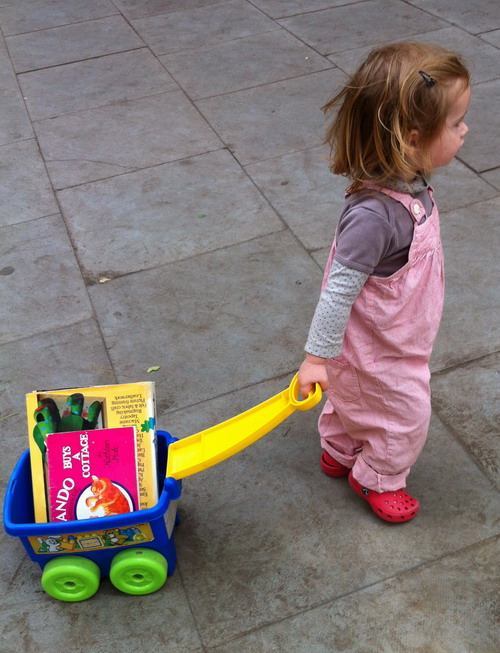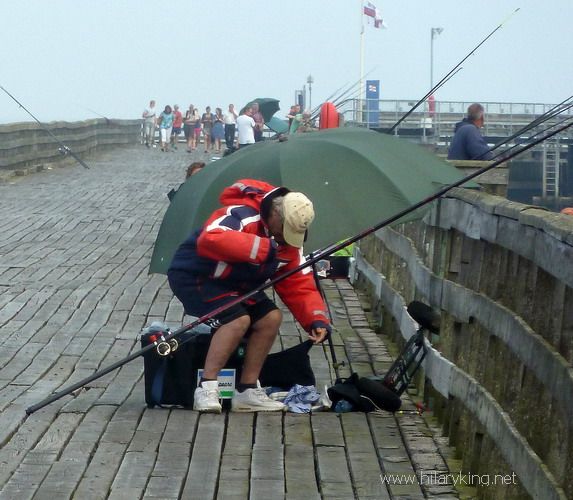Everyday Activities:- Pulling a Case or Trolley
One of the activities that people sometimes ask to explore as part of their Alexander lesson is “How is the best way to pull luggage around and avoid getting backache?”
These days we are fortunate to have roller luggage and laptop cases that dramatically redce the weight that we have to deal with when travelling and commuting. Despite this, many people still end up with back ache or sore shoulders after pulling bags around, so it is really helpful to think about how to apply the AT to this and other everyday activities.
As usual, it is important not to assume that good equipment will solve the problem on its own – we still need to think about the way we use ourselves as we manoeuvre heavy cases through crowds of people…..
We can learn a lot from the way this little girl is moving. She is alert, poised and aligned; her head is balanced as it leads her into movement; her upper chest widens out comfortably as her right arm reaches back and pulls the handle of her trolley. This child is not consciously aware of how she is using her body. However, as we get older we can learn to develop mindfulness and be aware, so we can give ourselves more choice as to how we move and act in the world.
Some frequent but unhelpful habits to notice and to ask yourself about:
- Do I hold the luggage handle at the right height for me?
- Do I twist my torso as I drag the luggage behind me?
- Do I pull down on one side of my body?
- Do I rush through stations and airports tensely, carelessly, or with awareness?
- Do I grab the luggage, or thoughtfully take hold of it – and how do I lift it?
- Do I remember to stop and think before pulling or lifting something heavy – am I evenly balanced with a lengthened spine when I move or lift?
When you develop this type of Alexander Technique self-awareness, you can begin to answer some of these questions, so that you can have more choice about how to perform any activity. By taking a moment to think about your body use and applying the AT to something like pulling your cases, you can help yourself avoid over-tiring, straining or even damaging your neck / back / hands / arms as you travel around. This process of noticing unhelpful habits can be easier with your AT teacher and some fruitful work can be done with this sort of topic in Alexander lessons.

